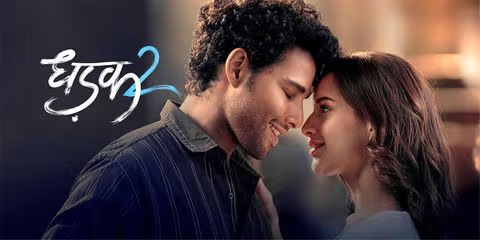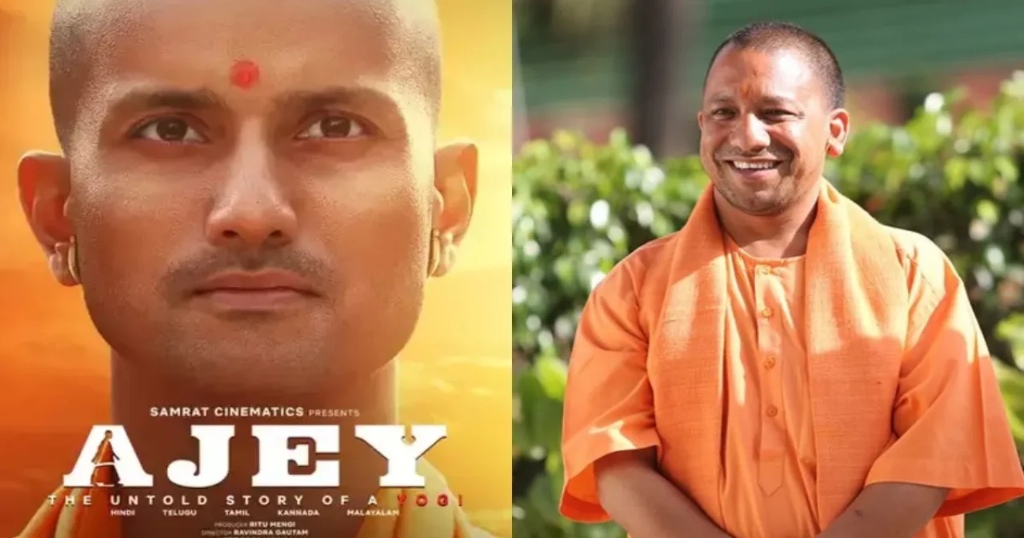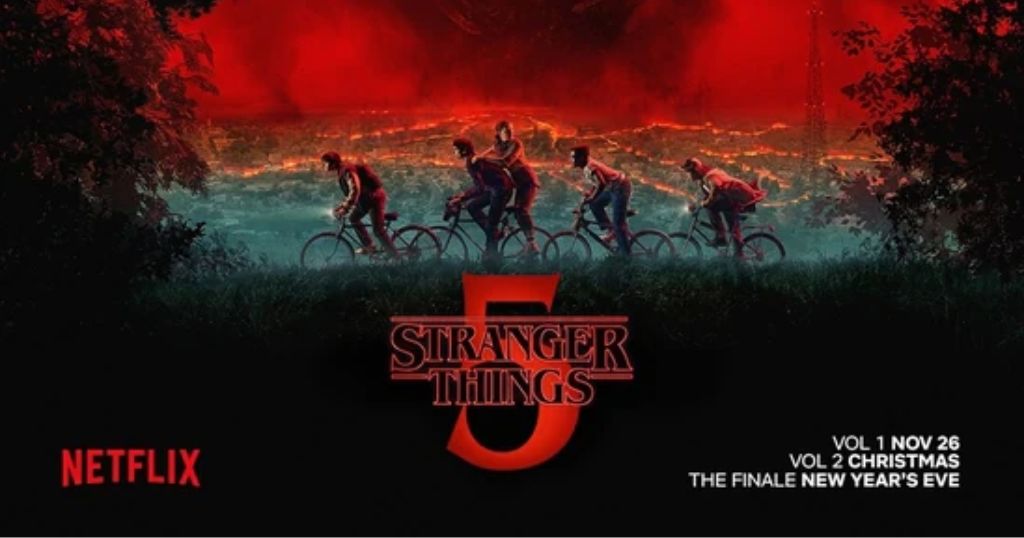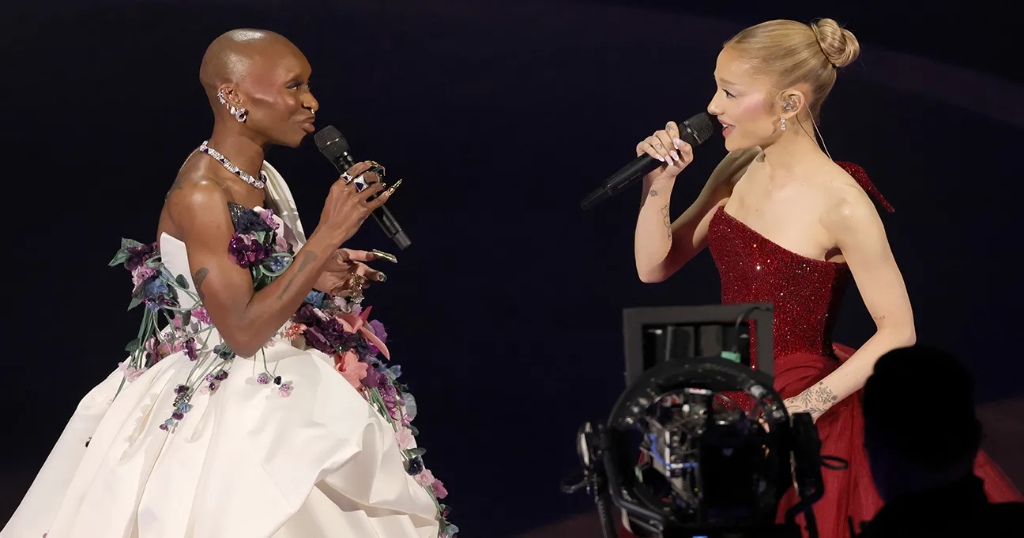‘Dhadak 2’ Movie Review and Release update with all information

After a lot of hype and delay, Dhadak 2 is finally hitting the big screens on August 1, 2025. Directed by Shazia Iqbal and presented by Karan Johar under the banners of Dharma Productions, Zee Studios, and Cloud 9 Pictures, the film stars Siddhant Chaturvedi and Triptii Dimri in lead roles. The movie has the same title as Dhadak (2018), but it is not a plot-based sequel. Instead, it’s a spiritual successor—here addressing the brutal realities of India’s caste discrimination with a powerful love story.

A New Story with a Familiar Tone
Far from the Hindi remake of Marathi movie Sairat, which was its predecessor, Dhadak 2 takes inspiration from the Tamil movie Pariyerum Perumal. It does not follow the scene-by-scene remake theory, though. Instead, it reimagines the plot with a North Indian backdrop by placing it more aptly for a young audience that understands college politics, social media activism, and the tensions that emanate from this class divide in the urban landscape.
The narrative follows Neelesh (Siddhant Chaturvedi), a bright law student from a lower caste, and Vidhi (Triptii Dimri), a privileged upper-caste girl. Their love story begins in the idealistic setting of a university but soon collides with the grim reality of systemic oppression and societal backlash. The film traces Neelesh’s internal and external battles as he confronts caste-based humiliation, police apathy, and threats from Vidhi’s family.
Direction and Performances
Shazia Iqbal, making her feature film directorial debut, provides a firm, earthy director’s vision to Dhadak 2. As a former one-shot art director and short film-maker, Iqbal showcases a remarkable sense of balance between narration and social messaging. The movie is simple and economical in its visuals but wide-ranging emotionally, encapsulating the dichotomy between love and fear, hope and disappointment.
Siddhant Chaturvedi, best known for Gully Boy and Gehraiyaan, delivers a thoughtful and restrained performance. Playing Neelesh, he is both fierce and vulnerable, torn between pride in being himself and outrage against injustice in society. Chaturvedi brings across the pain of being treated as ‘less than’ in spaces that are meant to be equal.
Triptii Dimri, who won us over with Qala and Bulbbul, gives arguably her strongest performance till date. Her Vidhi is complex—a not ‘saviour’, but a person suffering from her privilege. Dimri does this anguish with stunning honesty, especially during moments when love is at war with fear and convention.
Cinematography, Music, and Atmosphere
The cinematography by Avinash Arun (Masaan fame) is captured in muted colors and close-range compositions to emphasize emotional isolation. College passageways, law school classrooms, and barren village roadways are rendered as allegories for the journey Neelesh and Vidhi are on—one of promise but forever in the shadow of danger.
The score, composed by a team which includes Rochak Kohli, Tanishk Bagchi, and Hesham Abdul Wahab, is low-key and narrative-driven. Songs like “Bas Ek Dhadak” and “Duniya Alag” are no love interludes but song-driven examinations of the film’s core conflict: “Can love flourish in a world divided by caste?”
While the music has not gone as instantly viral as the original tracks of Dhadak, the critics welcome its emotional depth and lesser commercial tone, which are in tune with the subject of the film.
Critical Reception and Themes
Initial reviews by Bollywood Hungama, India TV News, and Filmibeat have awarded the film 3 to 3.5 out of 5 stars, a consensus that the movie is a socially relevant and emotionally moving drama. The performances and the ending have been highlighted as positives.
Where the movie falters somewhat is in its first half, which has been described by some critics as “slow-burning” and “slightly uneven in pacing.” But it is here exactly that the script sets down vital emotional foundations, so that the second half is all the more effective.
The film does not shy away from showing the savagery of caste oppression—either through quiet microaggressions in a classroom, street-shaming by the police, or institutional complicity.
Social media is already churning with praise for the trailer, dialogue, and natural acting. Fans on X (formerly Twitter) and Instagram have embraced the movie for giving “what Bollywood generally avoids” —the bitter realities of caste in love.
In an interview to OTTPlay, Triptii Dimri talked about how the role made her “more courageous in real life” and gave her the “freedom to speak her truth.” Her character and her journey as an actor are symbolic of a new generation of Hindi cinema led by women who interrogate, disrupt, and reconstruct.
The film is also being favourably drawn in comparison to Sairat and Article 15, due to the sheer courage and honesty in it. The audience likes the fact that this is not a candyfloss love story, but a heart and grit political romance.
Dhadak 2 is a rare blending of politics, emotion, and cinema, investigating a love tale as an encounter rather than an escape. It diverges from the mainstream Hindi film formula, to the point of questioning the social arrangement without didactism.
If deep cinema is your thing, Dhadak 2 is worth watching come August. It is not your typical popcorn material, but it is definitely a film that will stay with you long after those end credits roll.




